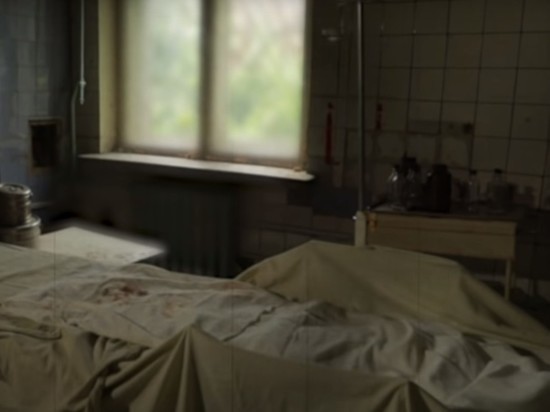
special services after the handover of Kwantungu Army in August 1945. Japan is said to have shot dead several Soviet citizens who failed to be transferred from the Hogoin concentration camp to a special 731 unit for bacteriological weapons experiments, some of which were killed by lethal injections.
The Manchurian strategic offensive operation of the Red Army ended on August 20, 1945. The main Japanese facilities for the development of bacteriological weapons were located in Manchuria. According to Russian documents, Japan was preparing a bacteriological war.
Among the archives are records of interrogations by the head of the Hogoin concentration camp, Yoshio Iijima.
In the years 1930-1945, the Japanese were captured by Soviet citizens. Some Red Army soldiers were captured during the fighting at Lake Khasan in 1938 and the Khalkhin-Gol River in 1939.
There were many Russians in the Khogoin concentration camp in the Harbin area. They were sent for experiments to Department 731 under Lieutenant General Shiro Ishii.
The “Hogoin” camp was designed for 150 people. According to Iiyima, it contained “only the Russian people, exclusively men.” The camp leader personally sent 40 people to their deaths.
Experiments on living people were carried out in the camp. They were often inhuman, for example to determine how long a person can live under the influence of various factors – drying out, lack of food, lack of water, exposure to boiling water, electric shock, vivisection, frostbite and more.

